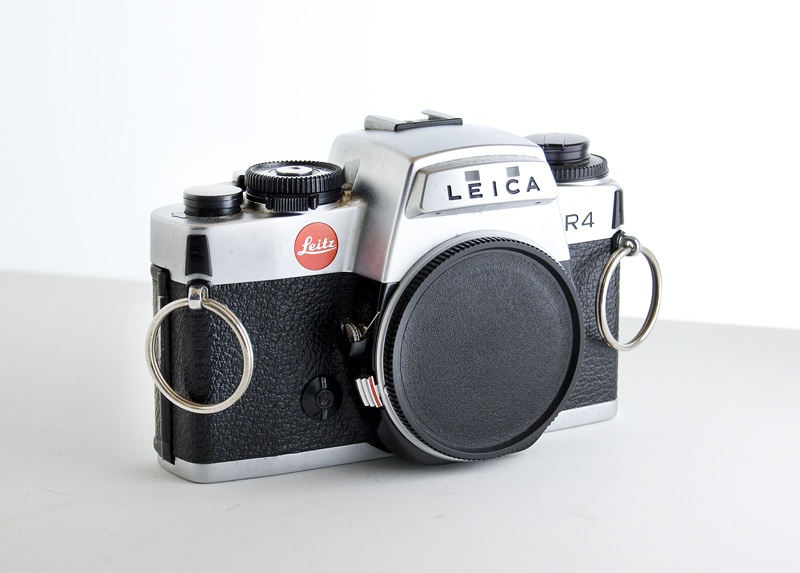The Kodak Canada Corporate Archives & Heritage Collection cameras are still on display in our summer exhibit on the 4th floor, but in today’s post we’re thinking outside the little black box. Although Kodak was easily the most popular camera manufacturer of the 20th century, and their products form the bulk of our camera collection, there were and are still other mass-market brands. One such company was Ernst Leitz, GmbH, located in Wetzler, Germany.
Leitz opened for business as an optical manufacturer called Ernst Leitz Optische Werke, an appropriate start for a brand that would become known for producing photographic lenses that rendered even small negatives sharp and clear. Their improved lenses allowed the Leica camera to use 35mm film, then the common gauge for motion picture film. Although 35mm stock was readily available to be chopped up as still film, the Leica was the first camera to make enlarging those small frames with clarity possible. Most consumer film cameras today use some variation of the Leica camera body design, spreading rolled film across the camera horizontally, from left to right and rewinding from right to left when each frame has been exposed. Add to these innovations a self-capping shutter that ensured an even exposure and it is easy to see why this portable, professional camera brand became the gear of choice for documentary photographers.


References:
Leica illustrated guide / by James L. Lager. Dobbs Ferry, N.Y. : Morgan & Morgan, [1976, c1975].
Jason Schneider on camera collecting : a fully illustrated handbook of articles originally published in Modern photography. Des Moines, Iowa : Wallace-Homestead Book Co., c1978-c1985.
Disney, Michael (2001). The Leica and the development of the modern 35mm camera. Retrieved July 22, 2011 from Eight Elm Photo & Video website: